A particle is acted upon by a force F which varies with position x is shown in figure .If the particle at x=0 kinetic energy of 25J then the kinetic energy of the particle at x=16m is
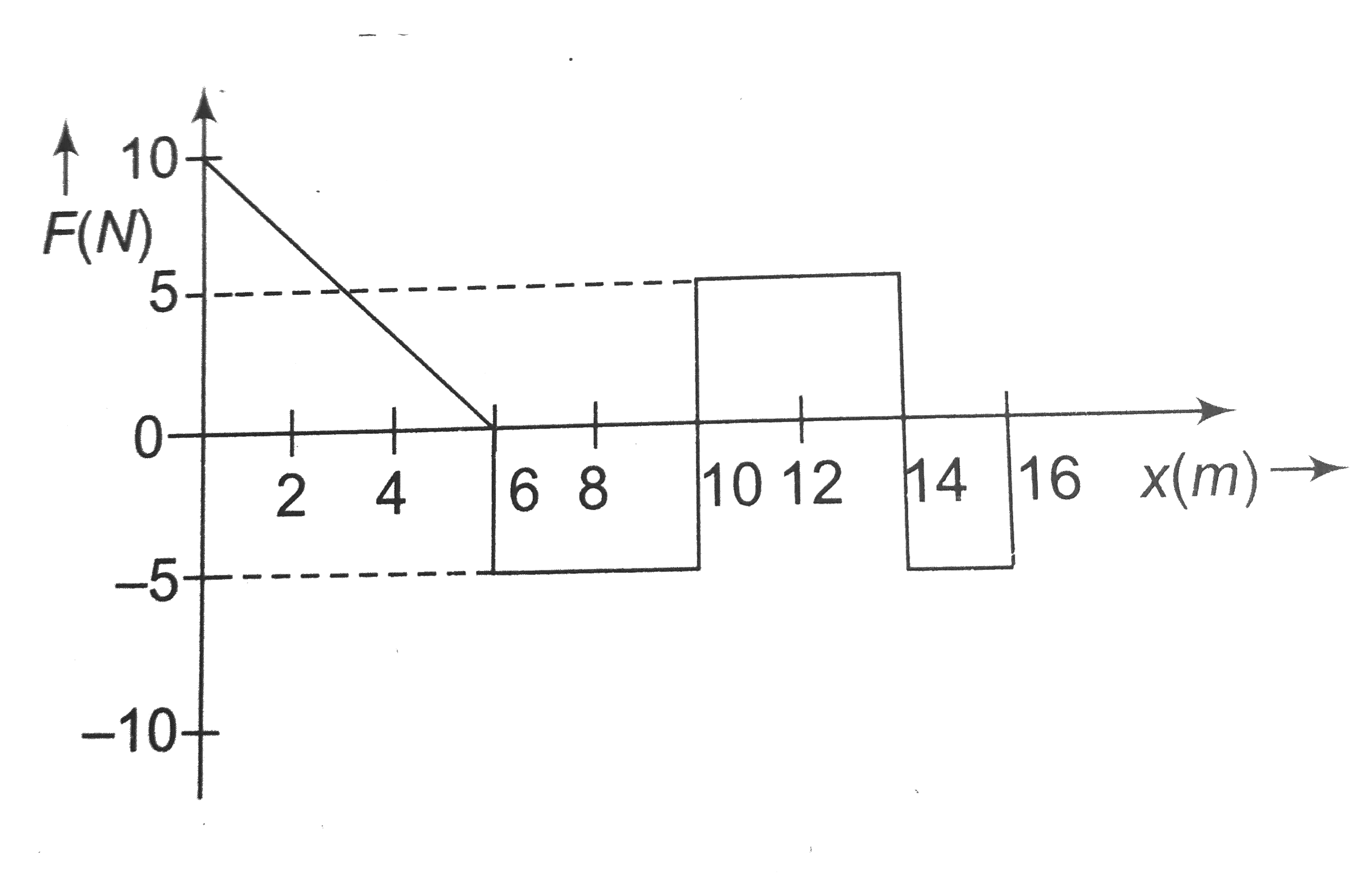
45J
30J
70J
20J
The correct Answer is:A
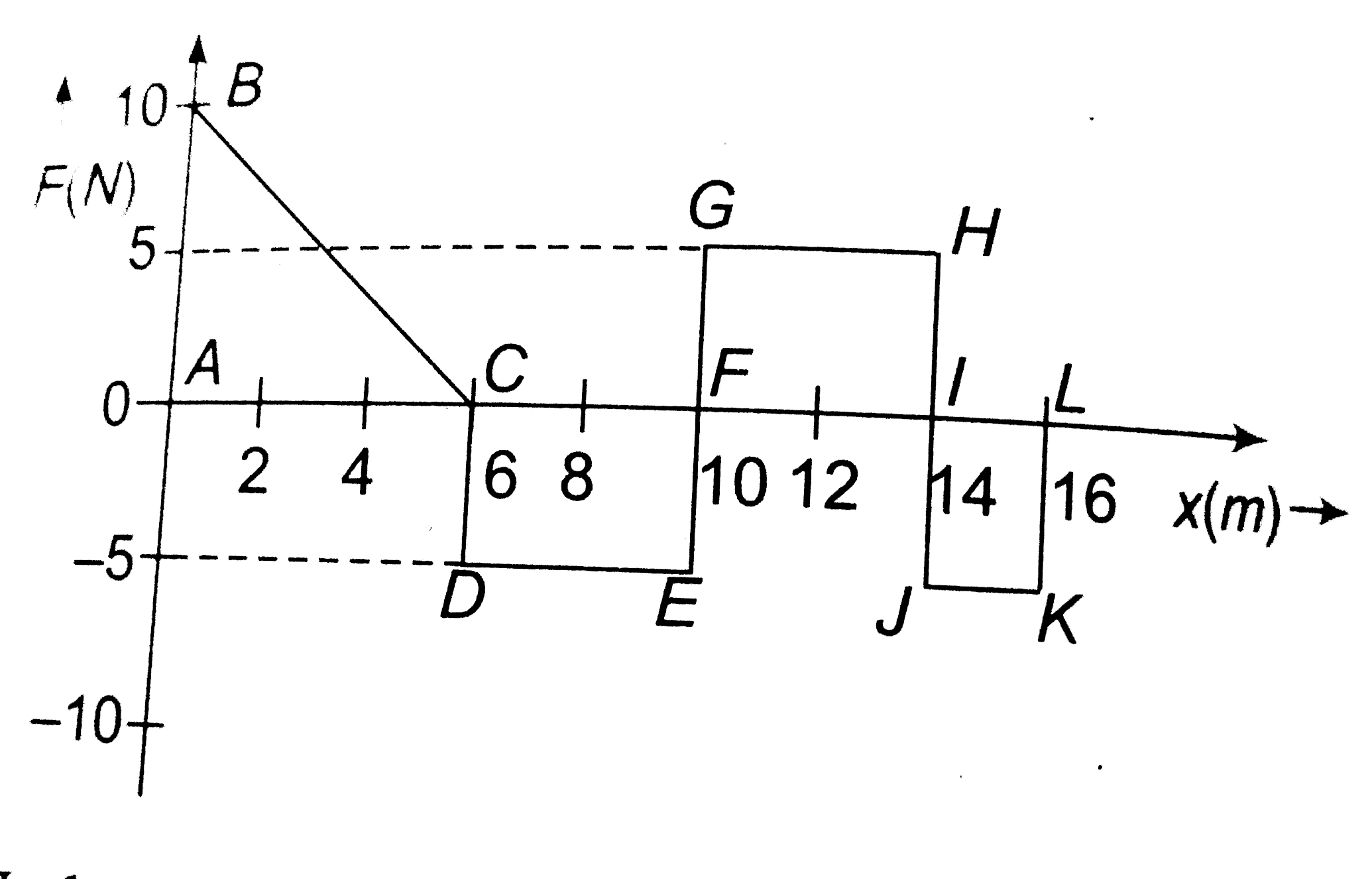
Work done W=Area under F-x graph with proper sign
W=Area of triangle ABC+ Area of rectangle CDEF+ Area of rectangle FGHI+ Area of rectangle IJKL
W=[12×6×1−0]+[4×(−5)]+[4×(5)]+[2×(−5)]
=30−20−+20−10 (i)
=20J
According to work energy theorem
Kf−Ki=W
or (Kf)x=16m−(Ki)x=0m=W
(Kf)x=16m=(Ki)x=0m+W
=25J+20J (Usubg (ii))
=45J.
Topper's Solved these Questions
- BOOK - A2ZCHAPTER - WORK, ENERGY, POWER AND COLLISIONEXERCISE - Potential Energy, Conservative And Non-Conservative Forces28videos
WORK, ENERGY, POWER AND COLLISION
- BOOK - A2ZCHAPTER - WORK, ENERGY, POWER AND COLLISIONEXERCISE - Conservation Of Mechanical Energy And Linear Momentum24videos
WORK, ENERGY, POWER AND COLLISION
- BOOK - A2ZCHAPTER - WORK, ENERGY, POWER AND COLLISIONEXERCISE - Chapter Test29videos
WORK, ENERGY, POWER AND COLLISION
- BOOK - A2ZCHAPTER - WAVES AND ACOUSTICSEXERCISE - Chapter Test30videos
WAVES AND ACOUSTICS
Similar Questions
A particle is acted upon by a force which varies with position x as shown. F is in N and x is in m F 10 5 X 2 -10
View SolutionA particle is constrained to move along x axis under the action of a conservative force. The potential energy of the particle varies with position x as shown in the figure. When the particle is at x = x0, it is given a kinetic energy (k) such that 0 lt k lt 4U0 (a) Does the particle ever reach the origin? (b) Qualitatively describe the motion of the particle
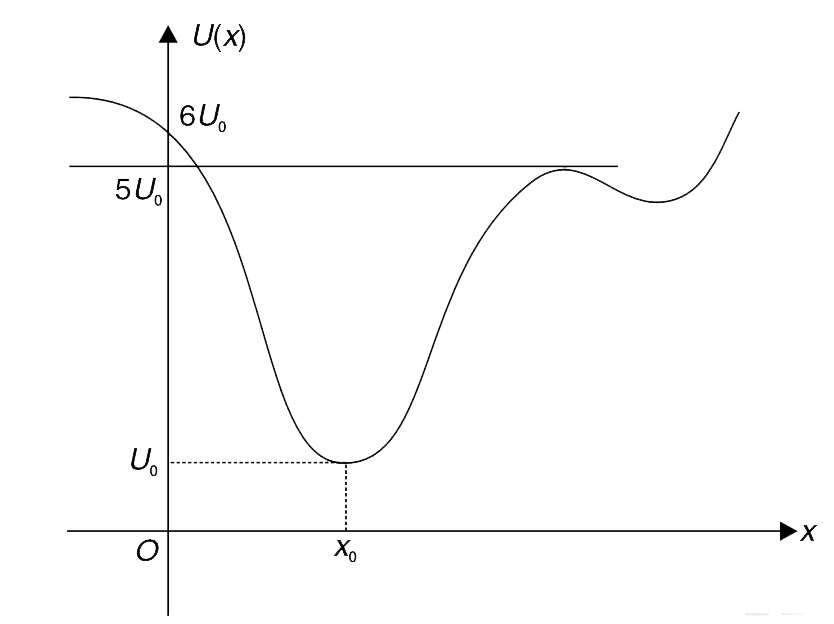 View Solution
View Solution
Knowledge Check
- Question 1 - Select One
A particle is acted upon by a force F which varies with position x as shown in figure. If the particle at x * 0 has kinetic energy of 25 J, then the kinetic energy of the particle at x = 16 m is
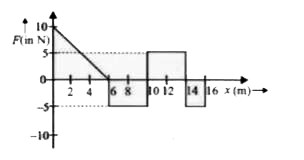 A45 JB30 JC70JD20 J
A45 JB30 JC70JD20 J - Question 2 - Select One
Kinetic energy of the particle performing S.H.M. is
Aharmonic motion and oscillatoryBperiodic motion but not oscillatoryCoscillatory motion but not periodicDperiodic and oscillatory motion - Question 3 - Select One
Kinetic energy of a particle performing S.H.M.
Aleads the potential energy by a phase of πBleads the potential energy by a phase of π/2Clags the potential energy by a phase of π/2Dlags the potential energy by a phase of π
A force F acting on a particle varies with the position x as shown in figure. Find the work done by this force in displacing the particle from
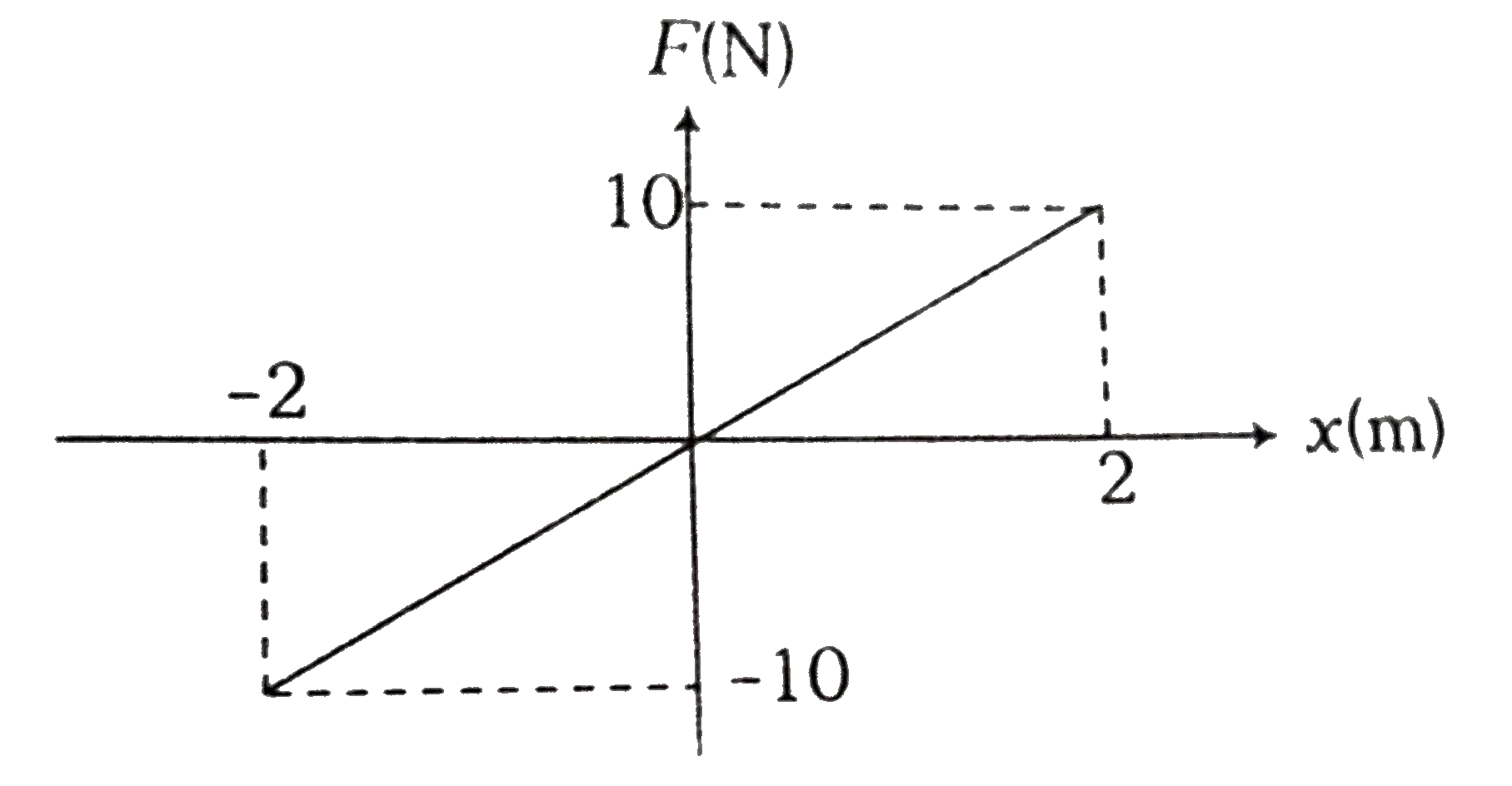 View Solution
View Solution
A particle is performing SHM. Its kinetic energy K varies with time t as shown in the figure. ThenView SolutionA force F acting on a particle varies with the position x as shown in the graph. Find the work done by the force in displacing the particle from x=−a to x=+2a.
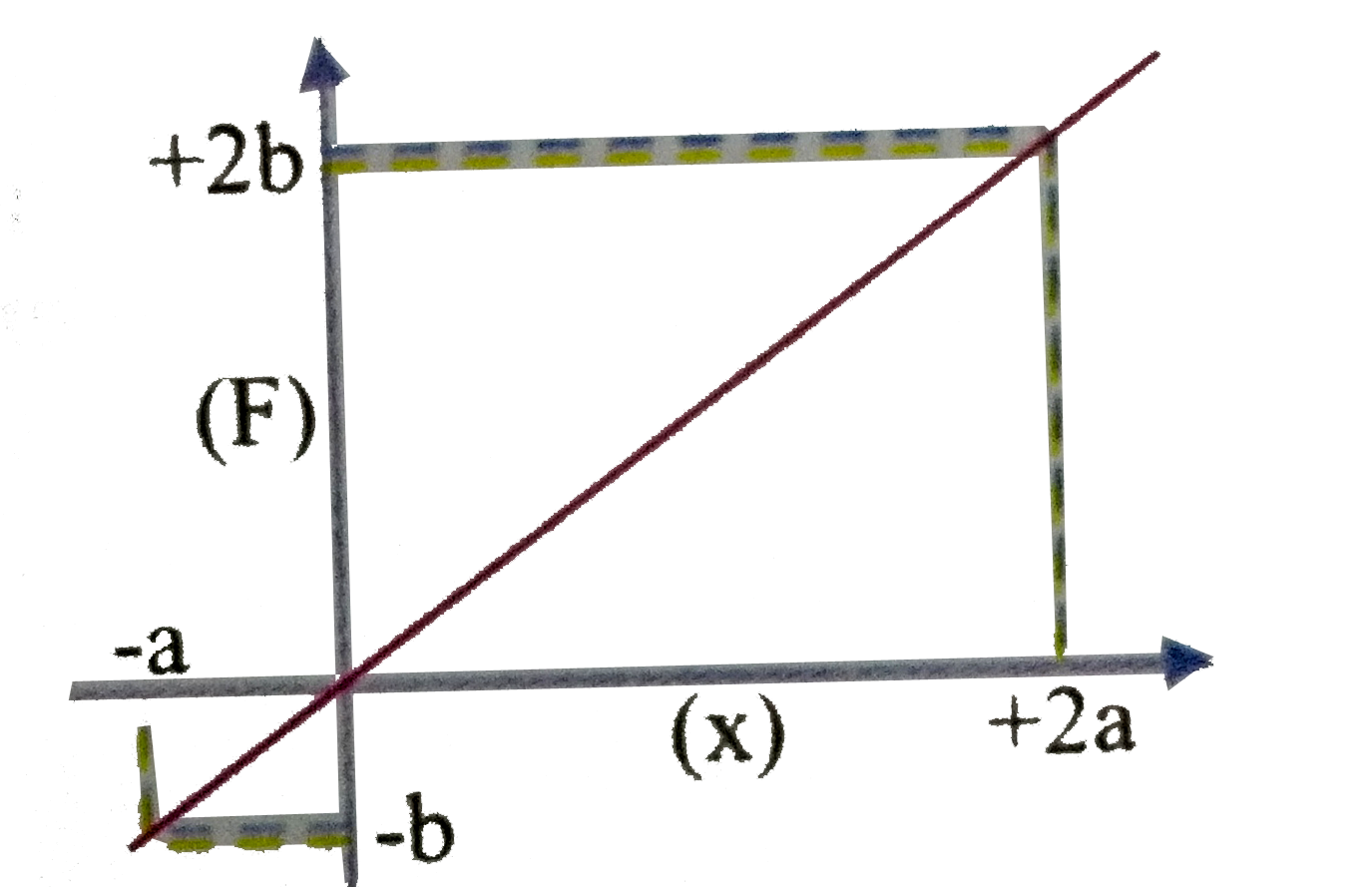 .View Solution
.View SolutionA single conservative force F(x) acts on a 1.0−kg particle that moves along the x-axis. The potential energy U(x) is given by U(x)=20+(x−2)2 where x is in meters. At x=5.0m, the particle has a kinetic energy of 20J.
The maximum kinetic energy of the particle and the value of x at which maximum kinetic energy occurs areView SolutionA block of mass m at rest is acted upon by a force F for a time t. The kinetic energy of block after time t is
View Solution

